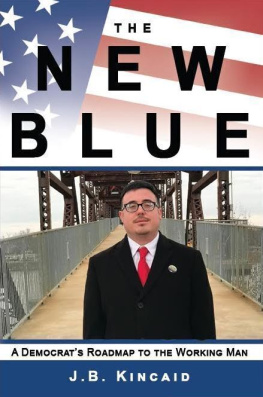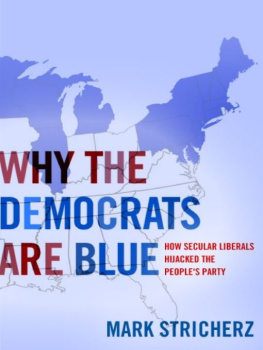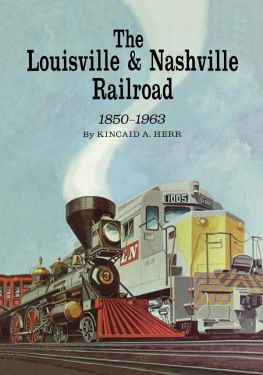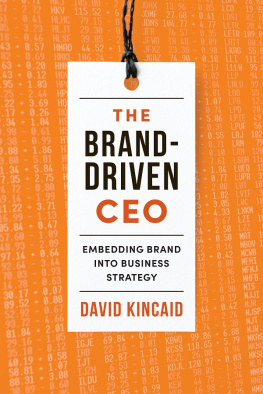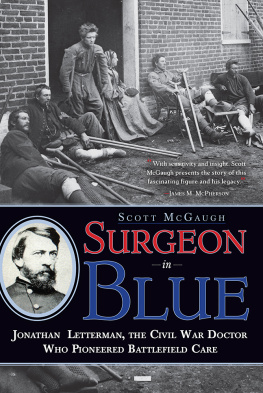- What I am writing about and who Im writing it for.
- Who am I to speak on this?
What has happened to the average American? It seems that the working man has become a mythical figure in the political discourse of today. I find myself at a crossroads wondering why the moderate majority has gone silent. All of the decision making seems to be getting pushed further and further to the fringe. Our nation is unraveling at the seams in our hour of need. Great change is on the horizon, but much uncertainty remains. The flaws of our systems have never been quite so visible, and it is readily apparent that now is the time for new beginnings. It is time to reimagine the working man and his needs.
These are truly desperate times for our country. Three-hundred thousand dead Americans and counting as the Corona-Virus Pandemic continues to wreak havoc on our health and economic well-being. In times of crisis, we come to depend upon strong leadership. Looking around it seems to be noticeably absent from our government.
The President is refusing to acknowledge the results of a free and fair election. His cabinet staff held a screaming match inside the Oval Office on this very day, where it was suggested that the President resort to martial law to remain in power. Meanwhile, in Congress, an equally disturbing saga continues to unfold. After months of failed stimulus negotiations, they now enter the weekend with a government shutdown as the deadline to appropriate more funds has lapsed. It sounds like the plot of a post-apocalyptic political thriller, but unfortunately, the nightmare is real and we are living in it.
At the time of this writing, we live in a nation that believes it is deeply divided. There is a widely held sentiment that multiple versions of the truth exist and that we live in two different Americas. Ive been hearing this narrative for years and I have seen it impact every aspect of our communities. Political philosophers would call this phenomenon constituent-sorting, the idea that people of like-political beliefs move to be within proximity of one another, and that their beliefs become strengthened and self-reinforcing. While there is certainly evidence to support this, it is also equally probable that people who live in the same community experience similar problems and hold similar world views because of the circumstances around them.
Within the two Americas, there is a two-party political system that has become ever more polarizing. This is a product of our unfortunate first-past-the-post system of voting. When a candidate only needs 50.1% of the vote to win, interest groups inevitably consolidate until there are only two parties. This has devolved into the completely irrational big-tent parties of the present. Once one party has proclaimed a position on an issue, the opposing party will take the exact opposite position, regardless of the sensibility in making that decision. Figuratively speaking, it seems that we truly have been left with two Americas.
One party adopts the interests of rural citizens, and the other represents the interests of urban citizens. In order to win, they must find enough common ground with the suburban voters in between. I do not have to tell you which party is which because you already know. The very idea that you can associate their identity with this outcome presents a serious problem for a nation built around unity. We are after all the United States of America, it is in our very name. The parties that should be working together, are driving us deeper into division.
The problem begins with the incredulous number of labels that have become equated with our political parties; liberal and conservative, socialist and capitalist, communist and authoritarian, etc. Depending on the moment the label could be derogatory, or a badge of honor depending on its use. Unfortunately, any American could tell you exactly which labels to box the parties into, or at least suggest which direction they lean. These categorizations are typically flawed because these labels are used casually with reckless indifference to their academic ideology. The parties bear no resemblance to their respective labels. A careful analysis demonstrates with clarity that the parties have no consistent logical philosophy on governance and politics.
You cannot in good faith say that a Republican administration that racks up trillions of dollars in deficit spending is conservative. You also cannot say that a Democratic administration that mandated private health insurance is liberal. Spare me the labels and let us return to a time where the conversation on political issues hinged on the basis of reality. Let us talk about what things actually are instead of what they are purported to be. Then we can begin to find some common ground.
Aside from the terms Democrat and Republican, I grant you the use of one solitary concept of ideology, and that is the concept of the two freedoms. The first being the freedom to, and the second being the freedom from. As a matter of supporting individual liberty, I tend to favor the party which most endorses the freedom to position. I often find that freedom from tends to have no physical impact on the restrictor, but rather upon their sensibilities. I am of the belief that laws and governance should respect the rule of logic and reasoning. A civilized government should protect the rights of an unpopular minority to exercise their freedom as much to the extent that it does not infringe upon that of another. As such, I have historically supported the Democratic Party because I find that it is most frequently aligned with these values.
The purpose of this book is to offer up a roadmap for Democrats to rediscover the needs and desires of the working man. It is my goal to chart a pathway towards restoring the American middle-class and bridging the divide between urban and rural interests. America functions best through unity and it is time that we restored our commitment to the social contract. It is my hope that by the end of this book we will come to understand one another better and find opportunities for growth and compromise. This year the Democrats ran on a winning platform of

